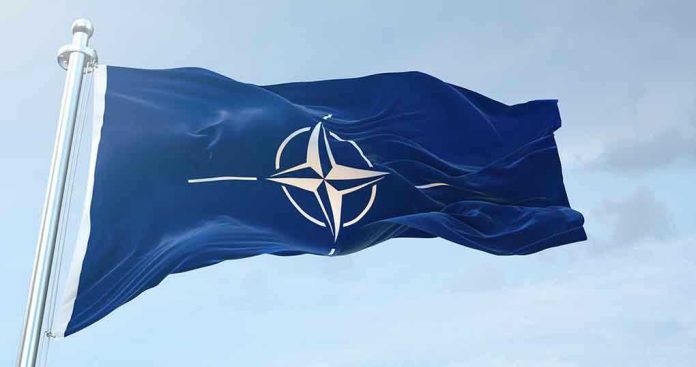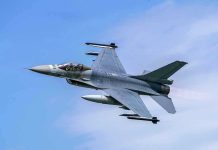
Poland and Romania have deployed a revolutionary new weapons system specifically designed to counter Russian drone incursions, marking the first time NATO allies have publicly acknowledged creating dedicated anti-drone defenses in direct response to Moscow’s escalating aerial provocations.
Story Snapshot
- Poland and Romania deploy new anti-drone weapons systems targeting Russian aerial threats
- Recent drone incursions into NATO airspace exposed critical alliance vulnerabilities
- European nations acknowledge growing concern over Russian drone capabilities
- New defensive measures represent unprecedented NATO response to Moscow’s provocations
NATO’s Defensive Wake-Up Call
The deployment comes after multiple Russian drones violated NATO airspace in recent months, creating diplomatic incidents and revealing gaps in traditional air defense systems. These incursions forced military planners to confront an uncomfortable reality: existing missile defense systems, designed for traditional aircraft and ballistic threats, struggle against small, low-flying unmanned vehicles that can slip under radar detection.
Technical Innovation Meets Strategic Necessity
The new weapons systems represent a significant technological leap in counter-drone warfare, though specific technical details remain classified for operational security. Military experts suggest these systems likely combine electronic warfare capabilities with kinetic interceptors, allowing operators to either disable drone electronics or physically destroy incoming threats. This dual-capability approach addresses the varied nature of drone attacks, from surveillance missions to explosive-laden kamikaze strikes.
Poland’s strategic position along NATO’s eastern flank makes it particularly vulnerable to Russian drone activities. The country has invested heavily in modernizing its military capabilities since Russia’s 2014 annexation of Crimea, and this latest deployment demonstrates Warsaw’s commitment to staying ahead of evolving threats.
Romania’s Critical Border Defense
Romania faces unique challenges due to its proximity to both Ukraine and the Black Sea, where Russian naval forces regularly operate drones for intelligence gathering and potential strike missions. The country’s participation in this defensive initiative signals growing regional cooperation in addressing shared security concerns. Romanian officials have previously reported multiple instances of Russian drones operating near their borders, creating tension and highlighting the need for robust defensive measures.
The timing of these deployments coincides with increased Russian drone activity across Eastern Europe, as Moscow continues testing NATO’s response capabilities and gathering intelligence on alliance defensive positions. These probing actions serve dual purposes: collecting valuable military intelligence while demonstrating Russia’s ability to project power beyond its traditional sphere of influence.
Alliance Vulnerability Exposed
Recent drone incursions revealed concerning gaps in NATO’s integrated air defense network, particularly regarding low-altitude threats that traditional radar systems often miss. These vulnerabilities became apparent when several Russian drones penetrated alliance airspace undetected, remaining operational for extended periods before being identified. The incidents prompted urgent discussions among NATO defense ministers about modernizing detection and response protocols.
European military leaders now recognize that future conflicts will likely feature extensive drone warfare, requiring specialized defensive capabilities beyond conventional air defense systems. The Polish-Romanian initiative may serve as a testing ground for broader NATO adoption of similar technologies, potentially reshaping alliance defense strategies for the next decade.
Sources:
A new system to identify and take down Russian drones is being deployed to NATO’s eastern flank












